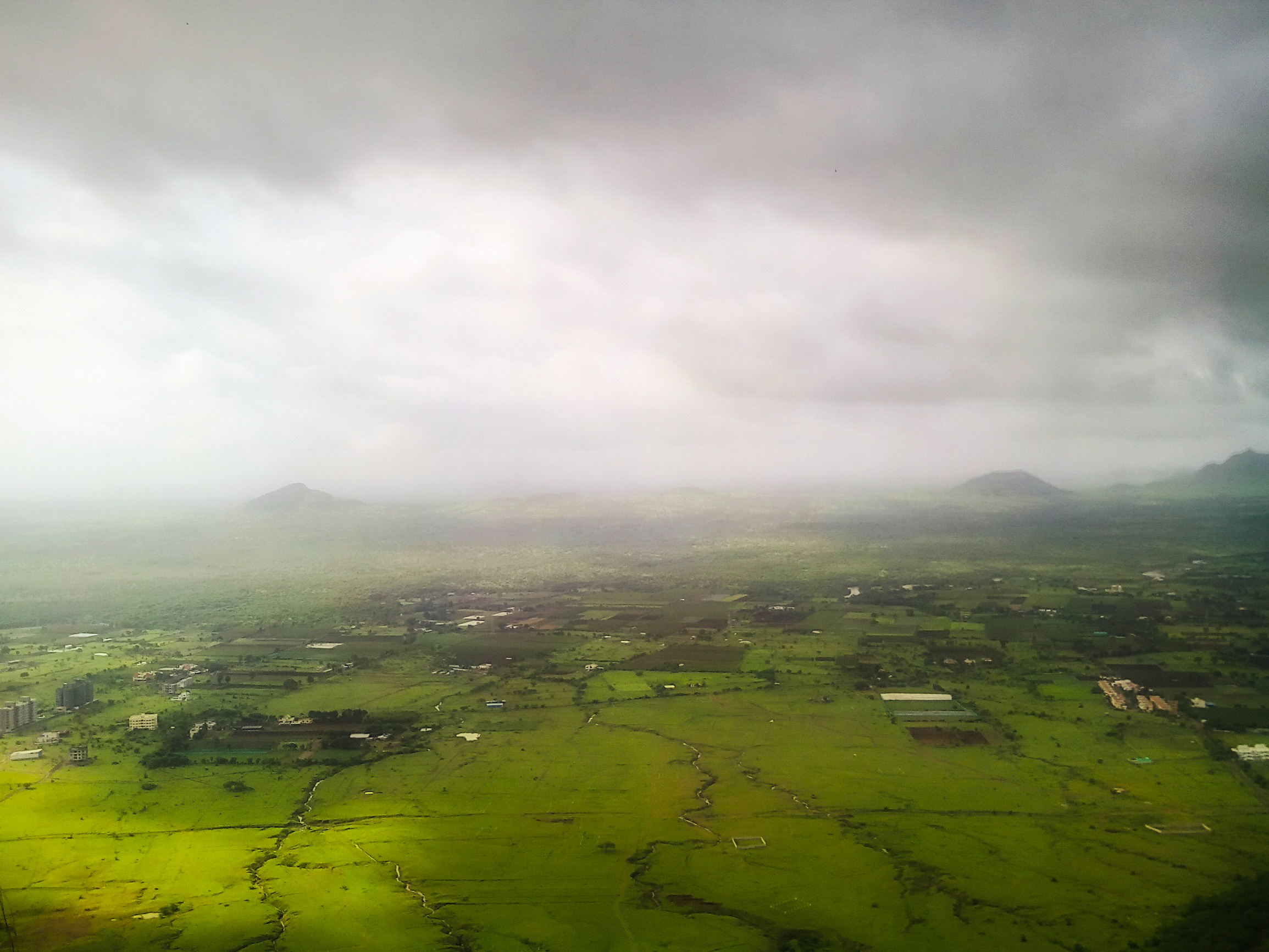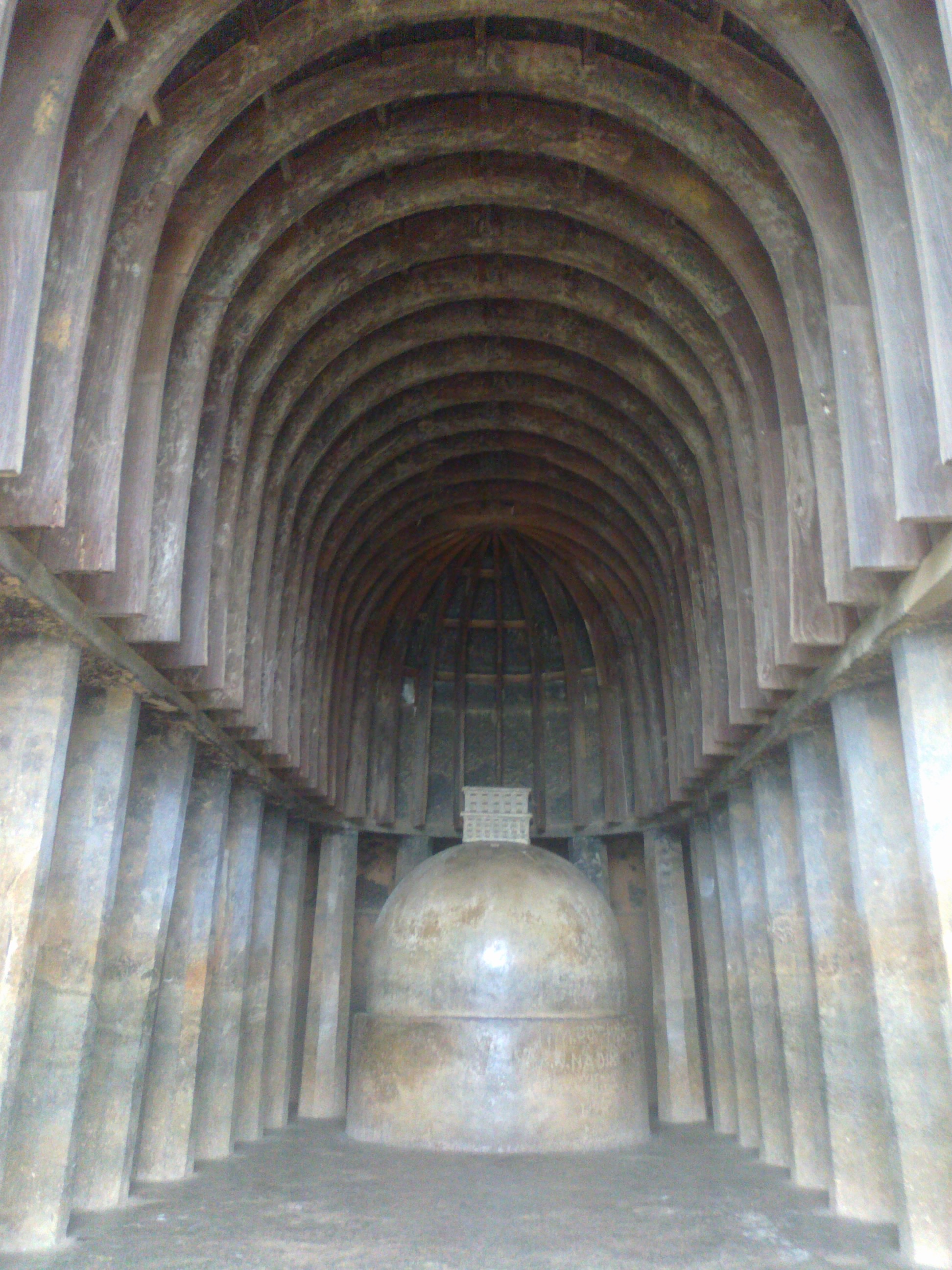|
Amaravati Stupa
The Amarāvati ''Stupa'', is a ruined Buddhist ''stūpa'' at the village of Amaravathi, Palnadu district, Andhra Pradesh, India, probably built in phases between the third century BCE and about 250 CE. It was enlarged and new sculptures replaced the earlier ones, beginning in about 50 CE. The site is under the protection of the Archaeological Survey of India, and includes the ''stūpa'' itself and the Archaeological Museum. The surviving important sculptures from the site are now in a number of museums in India and abroad; many are considerably damaged. The great majority of sculptures are in relief, and the surviving sculptures do not include very large iconic Buddha figures, although it is clear these once existed. The largest collections are the group in the Government Museum, Chennai, that in the Amaravati Archaeological Museum, and the group in the British Museum in London. Others are given below. Art historians regard the art of Amaravati as one of the three major sty ... [...More Info...] [...Related Items...] OR: [Wikipedia] [Google] [Baidu] |
Amaravati Marbles
The Amaravati Collection, sometimes called the Amaravati Marbles, is a series of 120 sculptures and inscriptions in the British Museum from the Amaravati Stupa in Amaravathi, Guntur in the Indian state of Andhra Pradesh. The Amaravati artefacts entered the Museum's collection in the 1880s. The Amaravati sculptures were sometimes also called the Elliot Marbles on account of their association in with Sir Walter Elliot, who had them removed from the site to Madras in the 1840s. There are also large collections of Amaravati sculpture in the Chennai Government Museum, which has the best collection, and at the site museum at Amaravati, and smaller ones in other museums in India and around the world. Description The Amaravati collection in the British Museum consists of over 120 different pieces made from a limestone called Palnad marble; although the material is certainly not marble and the source of the stone in the Palnad quarry not decisively proven. Most of the figurative s ... [...More Info...] [...Related Items...] OR: [Wikipedia] [Google] [Baidu] |
Amaravathi (village), Guntur District
Amaravathi is a village on the banks of the Krishna River, in the Palnadu district of the Indian state of Andhra Pradesh. It is the headquarters of Amaravathi mandal, and forms part of the Andhra Pradesh Capital Region with its headquarters at new Amaravati east, whose name is also borrowed from that of the older Amaravathi. Amaravathi was founded by Raja Vasireddy Venkatadri Nayudu in the 1790s as the new capital of his Zamindari estate. He moved there from his former capital Chintapalli in protest of alleged mistreatment by the British East India Company. Amaravathi is named after the ancient Amaravati Stupa, which was unearthed in the process of the town's construction. It is adjacent to the ancient Satavahana capital Dhanyakataka (now called Dharanikota). Amaralingeswara temple in the village is one of the Pancharama Kshetras for Hindus. The place was also a historic Buddhist site, as shown by the presence of Amaravati Stupa built during the second century BCE and the t ... [...More Info...] [...Related Items...] OR: [Wikipedia] [Google] [Baidu] |
Asoka
Ashoka (, ; also ''Asoka''; 304 – 232 BCE), popularly known as Ashoka the Great, was the third emperor of the Maurya Empire of Indian subcontinent during to 232 BCE. His empire covered a large part of the Indian subcontinent, stretching from present-day Afghanistan in the west to present-day Bangladesh in the east, with its capital at Pataliputra. A patron of Buddhism, he is credited with playing an important role in the spread of Buddhism across ancient Asia. Much of the information about Ashoka comes from Edicts of Ashoka, his Brahmi edicts, which are among the earliest long inscriptions of ancient India, and the Buddhist legends written centuries after his death. Ashoka was son of Bindusara, and a grandson of the dynasty's founder Chandragupta Maurya, Chandragupta. During his father's reign, he served as the governor of Ujjain in central India. According to some Buddhist legends, he also suppressed a revolt in Takshashila as a prince, and after his father's d ... [...More Info...] [...Related Items...] OR: [Wikipedia] [Google] [Baidu] |
Esoteric Buddhism
Vajrayāna ( sa, वज्रयान, "thunderbolt vehicle", "diamond vehicle", or "indestructible vehicle"), along with Mantrayāna, Guhyamantrayāna, Tantrayāna, Secret Mantra, Tantric Buddhism, and Esoteric Buddhism, are names referring to Buddhist traditions associated with Tantra and "Secret Mantra", which developed in the medieval Indian subcontinent and spread to Tibet, Nepal, other Himalayan states, East Asia, and Mongolia. Vajrayāna practices are connected to specific lineages in Buddhism, through the teachings of lineage holders. Others might generally refer to texts as the Buddhist Tantras. It includes practices that make use of mantras, dharanis, mudras, mandalas and the visualization of deities and Buddhas. Traditional Vajrayāna sources say that the tantras and the lineage of Vajrayāna were taught by Śākyamuni Buddha and other figures such as the bodhisattva Vajrapani and Padmasambhava. Contemporary historians of Buddhist studies meanwhile argue that this ... [...More Info...] [...Related Items...] OR: [Wikipedia] [Google] [Baidu] |
Xuanzang
Xuanzang (, ; 602–664), born Chen Hui / Chen Yi (), also known as Hiuen Tsang, was a 7th-century Chinese Buddhist monk, scholar, traveler, and translator. He is known for the epoch-making contributions to Chinese Buddhism, the travelogue of his journey to India in 629–645 CE, his efforts to bring over 657 Indian texts to China, and his translations of some of these texts.Li Rongxi (1996), ''The Great Tang Dynasty Record of the Western Regions'', Bukkyo Dendo Kyokai and Numata Center for Buddhist Translation and Research, Berkeley, , pp. xiii-xiv Xuanzang was born on 6 April 602 in Chenliu, what is now Kaifeng municipality in Henan province. As a boy, he took to reading religious books, and studying the ideas therein with his father. Like his elder brother, he became a student of Buddhist studies at Jingtu monastery. Xuanzang was ordained as a ''śrāmaṇera'' (novice monk) at the age of thirteen. Due to the political and social unrest caused by the fall of the Sui dynasty ... [...More Info...] [...Related Items...] OR: [Wikipedia] [Google] [Baidu] |
Nagarjunakonda
Nagarjunakonda (IAST: Nāgārjunikoṇḍa, meaning Nagarjuna Hill) is a historical town, now an island located near Nagarjuna Sagar in Palnadu district of the Indian state of Andhra Pradesh, near the state border with Telangana. It is one of India's richest Buddhist sites, and now lies almost entirely under the lake created by the Nagarjuna Sagar Dam. With the construction of the dam, the archaeological relics at Nagarjunakonda were submerged, and had to be excavated and transferred to higher land, which has become an island. The site was once the location of a large Buddhist monastic university complex, attracting students from as far as China, Gandhara, Bengal and Sri Lanka. There are ruins of several Mahayana Buddhist and Hindu shrines. It is 160 km west of another important historic site, the Amaravati Stupa. The sculptures found at Nagarjunakonda are now mostly removed to various museums in India and abroad. They represent the second most important group in the dis ... [...More Info...] [...Related Items...] OR: [Wikipedia] [Google] [Baidu] |
Nasik
Nashik (, Marathi: aːʃik, also called as Nasik ) is a city in the northern region of the Indian state of Maharashtra. Situated on the banks of river Godavari, Nashik is the third largest city in Maharashtra, after Mumbai and Pune. Nashik is well known for being one of the Hindu pilgrimage sites of the Kumbh Mela, which is held every 12 years. Nashik is located about 190 km north of state capital Mumbai. The city is called the "Wine Capital of India" as more than half of India's vineyards and wineries are located here. Around 90% of all Indian wine comes from the Nashik Valley. Nashik is one of the fastest-growing cities in India. It has been a major industrial center in automobile hub. The city houses companies like Exxelia, Atlas Copco, Robert Bosch GmbH, CEAT Limited, Crompton Greaves, Graphite India, ThyssenKrupp, Epcos, Everest Industries, Gabriel India, GlaxoSmithKline, Hindustan Coca-Cola, Hindustan Unilever Limited, Jindal Polyster, Jyoti Structures, Kirloske ... [...More Info...] [...Related Items...] OR: [Wikipedia] [Google] [Baidu] |
Pandavleni Caves
The Nasik Caves, or Trirashmi Leni (''Trirashmi'' being the name of the hills in which the caves are located, ''Leni'' being a Marathi word for caves), are a group of 23 caves carved between the 1st century BCE and the 3rd century CE, though additional sculptures were added up to about the 6th century, reflecting changes in Buddhist devotional practices.Michell, 384 The Buddhist sculptures are a significant group of early examples of Indian rock-cut architecture initially representing the Early Buddhist schools tradition. Most of the caves are viharas except for Cave 18 which is a chaitya of the 1st century BCE. The style of some of the elaborate pillars or columns, for example in caves 3 and 10, is an important example of the development of the form. The location of the caves is a holy Buddhist site and is located about 8 km south of the centre of Nashik (or Nasik), Maharashtra, India. The Pandavleni name sometimes given to the Nasik Caves has nothing to do with the Pa ... [...More Info...] [...Related Items...] OR: [Wikipedia] [Google] [Baidu] |
Chaitya
A chaitya, chaitya hall, chaitya-griha, (Sanskrit:''Caitya''; Pāli: ''Cetiya'') refers to a shrine, sanctuary, temple or prayer hall in Indian religions. The term is most common in Buddhism, where it refers to a space with a stupa and a rounded apse at the end opposite the entrance, and a high roof with a rounded profile. Strictly speaking, the chaitya is the stupa itself, and the Indian buildings are chaitya halls, but this distinction is often not observed. Outside India, the term is used by Buddhists for local styles of small stupa-like monuments in Nepal, Cambodia, Indonesia and elsewhere. In Thailand a stupa, not a stupa hall, is called a chedi. In the historical texts of Jainism and Hinduism, including those relating to architecture, ''chaitya'' refers to a temple, sanctuary or any sacred monument. Most early examples of chaitya that survive are Indian rock-cut architecture. Scholars agree that the standard form follows a tradition of free-standing halls made of wood and o ... [...More Info...] [...Related Items...] OR: [Wikipedia] [Google] [Baidu] |
Karli Caves
The Karla Caves, Karli Caves, Karle Caves or Karla Cells, are a complex of ancient Buddhist Indian rock-cut caves at Karli near Lonavala, Maharashtra. It is just 10.9 Kilometers away from Lonavala. Other caves in the area are Bhaja Caves, Patan Buddhist Cave, Bedse Caves and Nasik Caves. The shrines were developed over the period – from the 2nd century BCE to the 5th century CE. The oldest of the cave shrines is believed to date back to 160 BCE, having arisen near a major ancient trade route, running eastward from the Arabian Sea into the Deccan. The group at Karla is one of the older and smaller of the many rock-cut Buddhist sites in Maharashtra, but is one of the best-known because of the famous "Grand Chaitya" (Cave 8), which is the largest and most completely preserved" chaitya hall of the period, as well as containing unusual quantities of fine sculpture, much of it on a large scale. Many traders, Western Satraps of Saka origin and Satavahana rulers made grants f ... [...More Info...] [...Related Items...] OR: [Wikipedia] [Google] [Baidu] |



_(8697431158).jpg)

.jpg)



